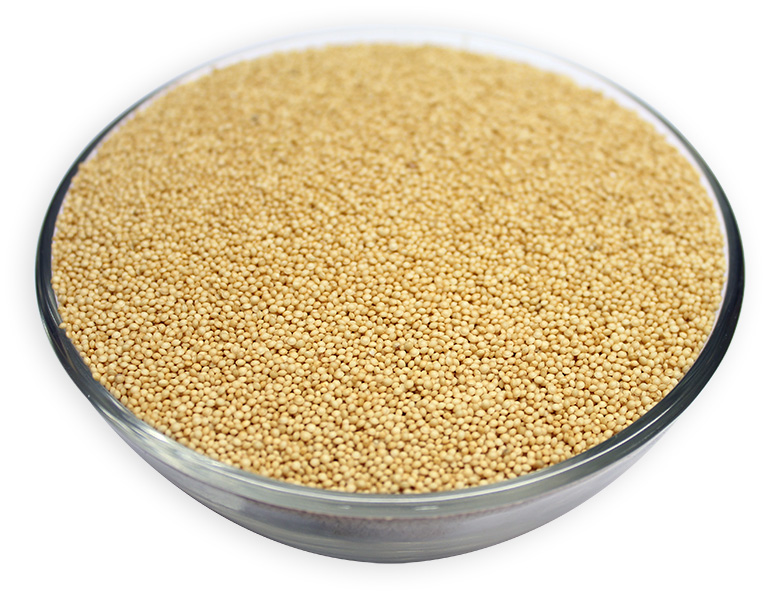Amaranth has been cultivated as a grain for 8,000 years. Amaranth is classified as a pseudocereal; it is grown for its edible starchy seeds like cereals, but it is not from the same family as cereals such as wheat and rice. One of the most important aspects of this tiny grain is that it's gluten-free.
USES, Amaranth can be cooked in liquids and eaten as a porridge or pilaf. It can also be popped like corn. Amaranth flour can make many different foods like bread, muffins, bagels, pasta, cookies, sauces, pancakes, flatbreads, doughnuts and dumplings. Amaranth pasta is light brown in color; when it is cooked, the pasta gets the color of whole-wheat pasta and the regular consistency of it.
HEALTH BENEFITS, It contains about thirty percent more protein than cereals like rice. Similar protein to wheat germ and oats. Amaranth grain is particularly high in lysine, an amino acid that is low in other grains. Gluten free
